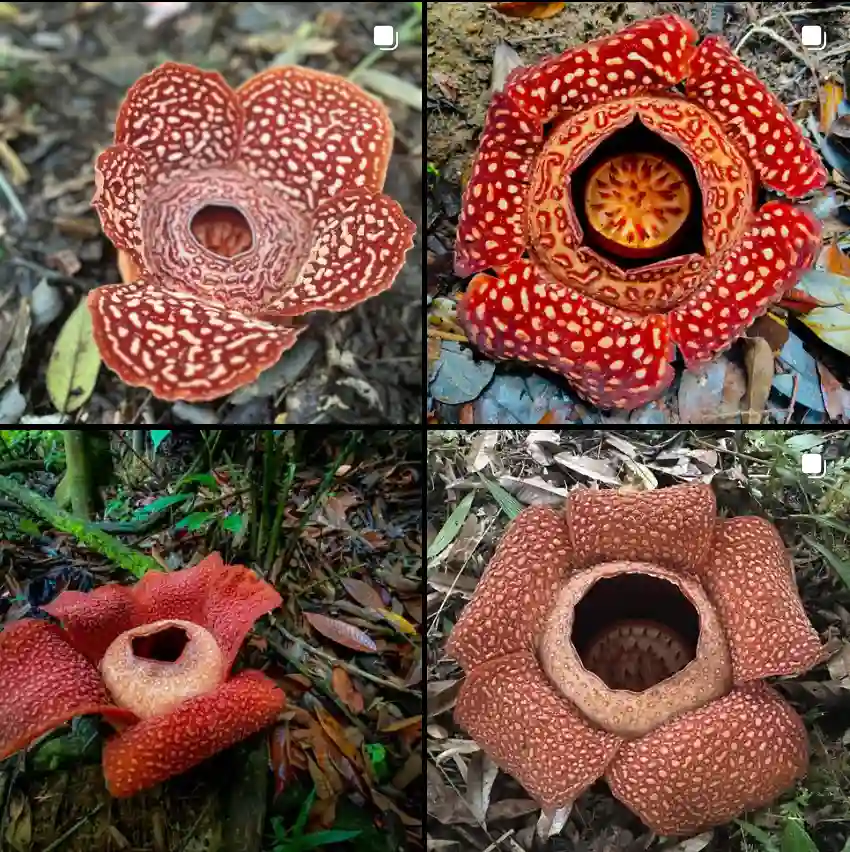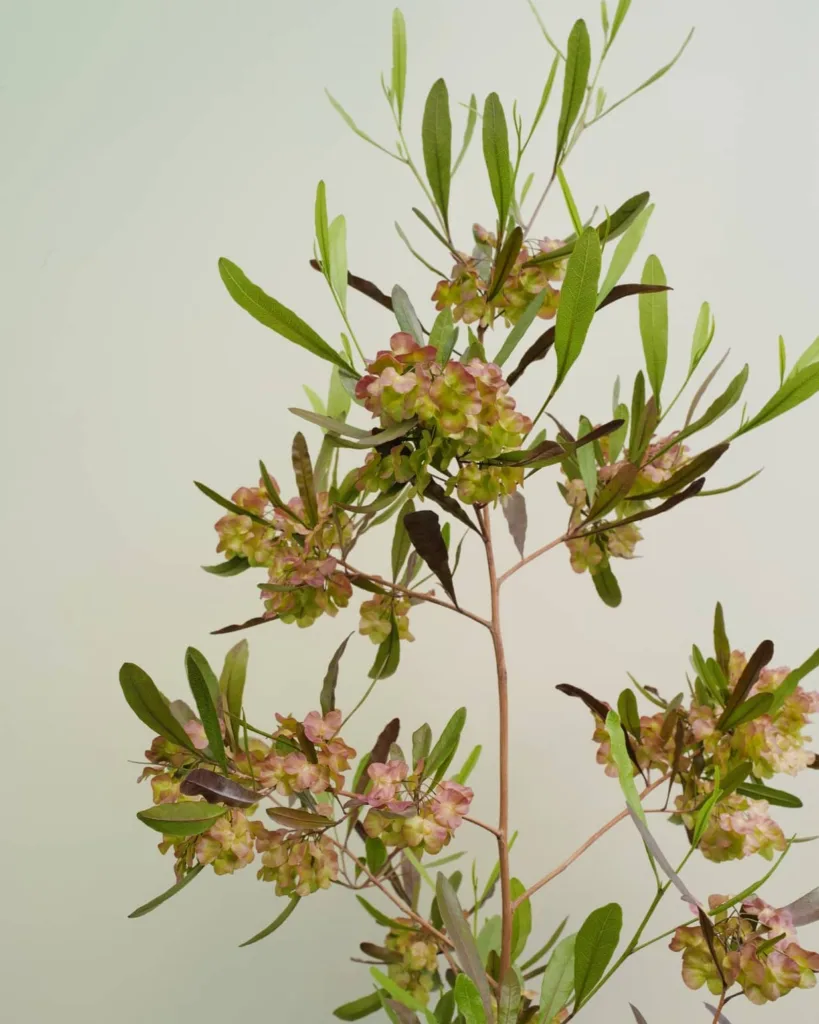
What is asclepias tuberosa?
Asclepias tuberosa, also known as butterfly weed, is a vibrant orange perennial flower native to North America. I first encountered it while visiting a botanical garden, where its striking color caught my eye. It’s a member of the milkweed family, known for attracting butterflies, especially monarchs, with its nectar-rich blooms. Its tuberous roots make it resilient in various soil types, which I found fascinating when I planted it in my own garden.
209 Species in Genus Asclepias
Asclepias Tuberosa vs Tropical Milkweed
In my garden, Asclepias Tuberosa stood out with its vibrant orange blooms and was a magnet for butterflies, while Tropical Milkweed, though also popular with pollinators, seemed to be more prone to pest issues and didn’t have quite the same striking visual appeal.
Asclepias Tuberosa vs Incarnata
Asclepias Tuberosa’s bright, fiery colors gave my garden a burst of energy, whereas Asclepias Incarnata, with its softer pink tones, created a more serene and calming effect, making it a great choice for a more relaxed garden setting.
How to plant asclepias tuberosa?
Planting asclepias tuberosa is relatively straightforward. I remember preparing a sunny spot in my garden with well-draining soil, digging a hole slightly larger than the root ball, and gently placing the plant in the hole. I made sure to water it deeply after planting to help establish its roots. Over time, I noticed it thrived in areas with good air circulation and plenty of sunlight, making it a beautiful addition to my garden.
How to grow asclepias tuberosa from seed?
Growing asclepias tuberosa from seed was an exciting experience for me. I collected seeds from mature pods in my garden, making sure to plant them in a sunny location with well-draining soil. I lightly covered the seeds with soil and kept the area consistently moist until they germinated. It was rewarding to watch the seedlings emerge and develop into mature plants, attracting butterflies to my garden.
Do monarch caterpillars eat asclepias tuberosa?
Yes, monarch caterpillars do eat asclepias tuberosa. I vividly remember discovering tiny monarch caterpillars feasting on the leaves of my butterfly weed. It was a delightful sight to witness nature’s symbiotic relationship between the plant and the caterpillars, knowing that I was providing essential food for these beautiful creatures.
Does asclepias tuberosa spread?
Asclepias tuberosa has a reputation for spreading, but I haven’t found it to be invasive in my garden. While it can self-seed and form colonies under the right conditions, I’ve managed its growth by deadheading spent flowers to prevent excessive spreading. With proper care and maintenance, I’ve enjoyed its presence without it becoming overly aggressive.
Is asclepias tuberosa a perennial?
Yes, asclepias tuberosa is a perennial plant, which means it comes back year after year. This characteristic adds to its appeal in the garden, as I can rely on its vibrant blooms to return each spring and summer, attracting butterflies and adding color to my landscape.
Is asclepias tuberosa deer resistant?
In my experience, asclepias tuberosa is deer resistant. Living in an area with a significant deer population, I appreciate plants that are less likely to be damaged by browsing wildlife. While no plant is completely deer-proof, I’ve observed that deer tend to avoid butterfly weed in favor of more palatable options in my garden.
Is asclepias tuberosa native to California?
Asclepias tuberosa is not native to California, but it can still be grown successfully in the state with proper care. While it’s not indigenous to the region, I’ve seen it thrive in California gardens, attracting butterflies and adding color to landscapes. However, it’s essential to ensure it receives adequate sunlight and well-draining soil, as California’s climate and growing conditions can vary widely.
Is asclepias tuberosa poisonous to dogs?
Asclepias tuberosa contains toxins that can be harmful to dogs if ingested in large quantities. While it’s not typically considered highly toxic, I take precautions to keep my pets away from the plant to prevent any potential issues. Responsible pet ownership involves being aware of potential hazards in the garden and taking steps to keep pets safe.
When does asclepias tuberosa bloom?
Asclepias tuberosa typically blooms from early to mid-summer, producing clusters of vibrant orange flowers that attract butterflies and other pollinators. I always look forward to the spectacle of its blooms, which add a burst of color to my garden during the warmer months. It’s a joy to watch butterflies flit from flower to flower, enjoying the nectar provided by the butterfly weed.
Can asclepias tuberosa be grown indoors?
While it’s possible to grow asclepias tuberosa indoors, it may not thrive as well as it would outdoors. I’ve experimented with growing it in containers indoors, providing plenty of sunlight and well-draining soil, but I’ve found that it tends to perform best when planted in the ground outdoors. Its deep root system and preference for full sun make it better suited for outdoor cultivation.
Can asclepias tuberosa be left in pots?
Yes, asclepias tuberosa can be grown in pots, but it’s essential to choose a container large enough to accommodate its root system and provide adequate drainage. I’ve successfully grown it in pots on my patio, enjoying its vibrant blooms up close while providing essential habitat for butterflies and other pollinators. Regular watering and occasional fertilizing help keep the plants healthy and blooming throughout the growing season.



